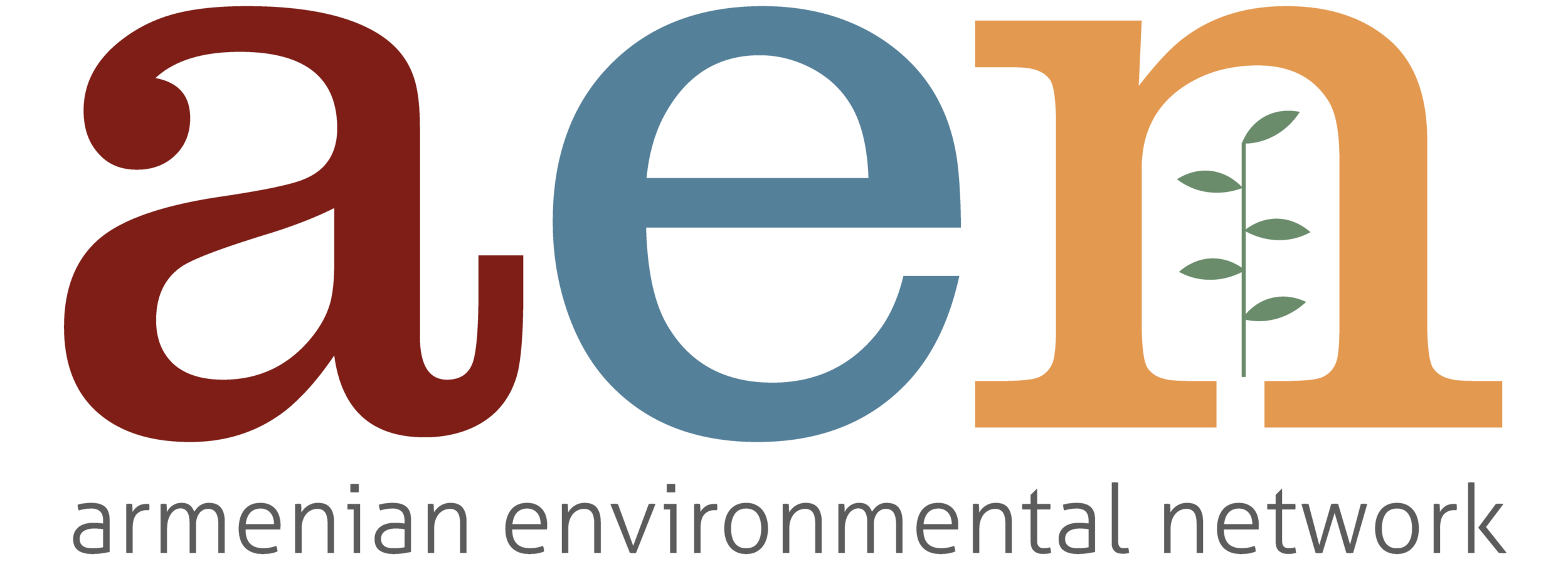Monkey Wrenching in Hrazdan
by Kirk Wallace, AEN Armenia Office Director
I heard the news and immediately wondered what Edward Abbey would have thought. Abbey is the author of the 1975 novel, The Monkey Wrench Gang. The title refers to the physical act of tossing a monkey wrench into the moving parts of a machine in order to sabotage and stop various activities. The novel was a fictional tale of a group of individuals desperate to stop the development of the American Southwest, particularly the construction of the Glen Canyon Dam. The novel’s gonzo characters have now found their counterparts in Hrazdan.
I was informed at the latest Aarhus meeting of the recent events in Hrazdan. These events will likely never make it in to the national news and will probably never be acknowledged by the government. The story as I was told goes like this. A group of Hrazdan residents recently approached workers who were test drilling on the proposed mine site. The residents requested from the workers the licenses and permits required of the mining company. The mining company employees, of course, had no such licenses or permits and none were subsequently produced by the contractors or owners. None were produced because no such “legal” documents exist. The residents, already aware of this fact, were trying to make a point. They did in the days that followed.
Perceiving themselves to have no recourse in the redress of the illegalities taking place in their backyards, the residents of Hrazdan proceeded to damage (destroy?) the drilling equipment on the proposed site, thus putting a halt to continued testing for the time being. Drilling equipment is not cheap and the monetary damage appears to be substantial. In addition, the destruction of this equipment was itself illegal and the perpetrators have put themselves at risk of prosecution by the same people that own the mine. This was a very serious and very dangerous activity. Why would these people put their lives and liberty in such peril? Was this action worth the risk?
I guess answers will vary according to the interests represented. My take is that these residents were pushed to the desperation point with this mine looming above them less than a mile away. They were desperate because there was no one else to whom they could turn. They pursued the legal options and worked through the Aarhus centers and did what they should have done. As I mentioned in the original blog on Hrazdan, the mining company owners and government (these are the same entities) subverted the constitution of the Republic of Armenia when they approved the “licenses” and “permits”. They did so without following the legal steps listed out in both the Armenian constitution and the Aarhus Convention which they ratified nearly a decade ago. The government violated the very laws which they are sworn to protect and enforce.
So what recourse do citizens have in this case? If you have a good answer then you are wiser than I. Should this be viewed as an act of sabotage and a clear violation of the law? Or should it be viewed as an act of civil disobedience? What I am relatively certain of is this; the occurrences of monkey wrenching will likely increase and situations will become even more tense and, perhaps, violent. The citizens of Armenia are being pushed to the wall in Hrazdan and many other places. Once their belief in the efficacy of the rule of law is permanently destroyed they will strike back to protect their villages, homes and fields. Times are tough in Armenia but they don’t have to remain that way. Armenia needs leadership that cares about its citizens and its lands. This type of leadership requires courage and audacity. President Sargsyan “pledged” to end the oligarchy. Are these genuine sentiments or merely the oligarchy’s version of the monkey wrench, designed to get Europe off its back? Time will tell.
